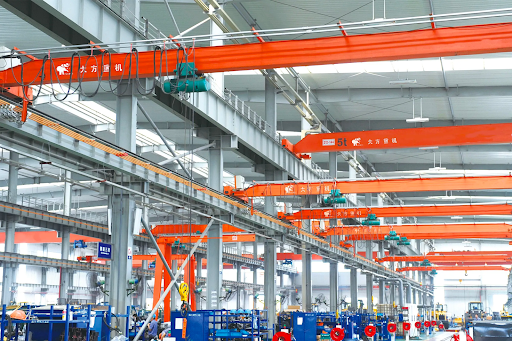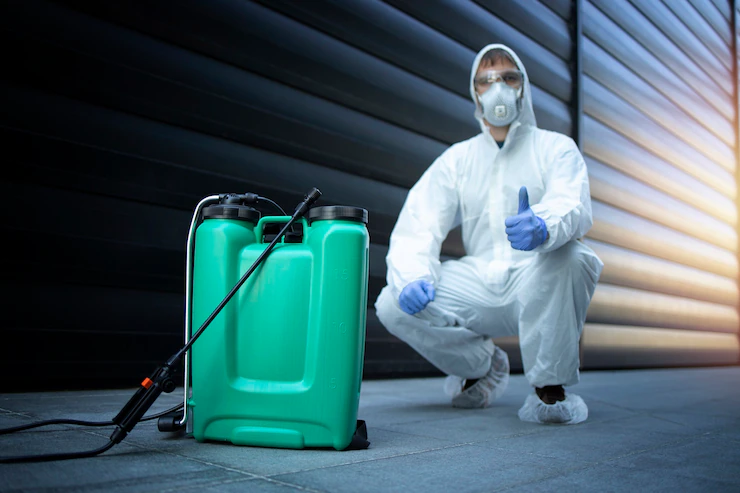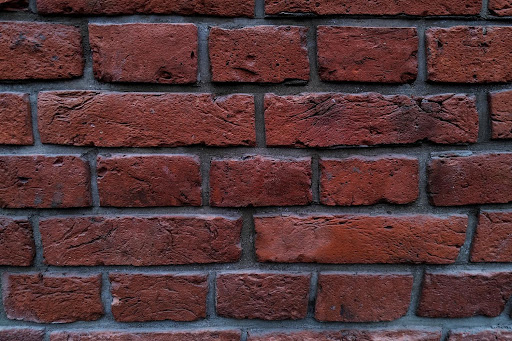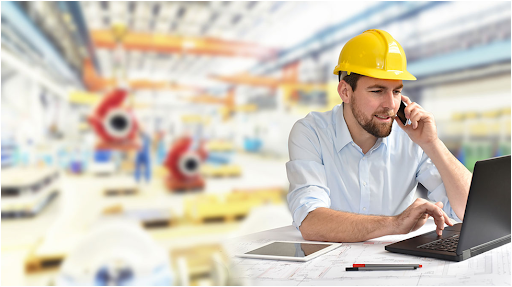In the ever-evolving landscape of manufacturing and industrial operations, the efficient utilization of space and resources is paramount. One of the critical components in many factory buildings is the bridge crane – a versatile material handling system that significantly enhances productivity. To ensure the safe and efficient operation of these cranes, designing a robust framework is essential. In this article, we will delve into the intricacies of supporting overhead cranes in factory buildings, focusing on key aspects that drive efficiency, safety, and sustainability.
Table of Contents
Understanding the Importance of Bridge Cranes
Bridge cranes, often known as overhead cranes or EOT cranes, are indispensable in factories and manufacturing facilities. They allow for the seamless movement of heavy loads within the workspace, reducing manual labor and increasing productivity. However, to make the most of these machines, it’s crucial to design a framework that supports their operations effectively.
Load Capacity and Structural Integrity
One of the primary considerations in designing a framework for supporting bridge cranes is determining the load capacity. The framework must be engineered to handle the maximum weight the crane will lift without compromising structural integrity. Engineers use precise calculations to ensure that the crane’s load capacity aligns with the framework’s capabilities, preventing accidents and costly structural failures.
Material Selection for Framework
The choice of materials for the framework is critical. Steel is often the preferred material due to its high strength-to-weight ratio and durability. It can withstand the constant stress and vibrations generated during crane operations. However, modern construction techniques may also incorporate composite materials to reduce weight and enhance corrosion resistance.
1. Steel:
Strength and Durability: Steel is a traditional and widely preferred material for crane framework construction due to its exceptional strength and durability. It can withstand the substantial loads and dynamic forces exerted by cranes during lifting and movement operations. The robustness of steel ensures the long-term structural integrity of the framework.
Resistance to Fatigue: Steel’s resistance to fatigue, which is crucial for structures subject to repeated loads, makes it an ideal choice for crane support. This property ensures that the framework can endure continuous operation without succumbing to wear and tear.
Corrosion Resistance: While steel can be susceptible to corrosion, proper coatings and treatments can significantly enhance its resistance to rust and other forms of corrosion. This is particularly important in industrial environments where exposure to moisture, chemicals, and harsh weather conditions is common.
Ease of Fabrication: Steel is relatively easy to work with, allowing for precise manufacturing and welding processes. This facilitates the construction of complex framework designs that can be customized to suit the specific needs of the factory building.
Recyclability: Steel is highly recyclable, making it an environmentally responsible choice. The ability to recycle steel reduces its environmental impact and aligns with sustainability goals.
2. Composite Materials:
Lightweight: Composite materials, often comprised of a combination of fibers and resins, are inherently lightweight compared to steel. This characteristic can be advantageous when weight restrictions or reduced structural loads on the building are essential.
Corrosion Resistance: Many composite materials are naturally resistant to corrosion, which can be especially beneficial in environments where exposure to corrosive substances is a concern. This feature reduces maintenance requirements and extends the framework’s lifespan.
Design Flexibility: Composite materials offer a high degree of design flexibility. They can be molded and shaped into complex forms, allowing for creative and customized framework designs that meet specific architectural and operational needs.
Insulation Properties: Composite materials can provide electrical and thermal insulation, which may be necessary in certain applications to prevent interference with sensitive equipment or to maintain a controlled environment within the factory building.
Environmental Impact: Composite materials are often considered environmentally friendly due to their lower carbon footprint in manufacturing and potential energy savings during transportation (due to their lightweight nature).
Cost Considerations: While composite materials offer numerous advantages, they can be more expensive than steel initially. However, the overall cost-effectiveness of composite materials should be evaluated over the long term, considering factors such as reduced maintenance, longer lifespan, and potential energy savings.
The choice between steel and composite materials for the framework supporting bridge cranes in factory buildings depends on various factors, including load requirements, environmental conditions, budget constraints, and the desired level of customization. Both materials have their merits, and the decision should be made after a thorough assessment of the specific needs and goals of the facility. Ultimately, selecting the right material is crucial to achieving a successful and sustainable crane system.
Design for Smooth Movement
Efficient movement is the hallmark of an effective EOT crane system. The framework’s design should facilitate smooth and precise crane operations. Factors such as runway beam placement, rail alignment, and bracing systems play pivotal roles in ensuring the crane can traverse the factory floor without issues.
Safety Measures and Compliance
Safety is non-negotiable when designing a framework for supporting bridge cranes. Compliance with industry standards and regulations, such as OSHA (Occupational Safety and Health Administration), is mandatory. The framework should include safety features such as limit switches, overload protection, emergency stops, and regular inspection protocols to mitigate potential risks.
Maintenance and Longevity
A well-designed framework not only enhances the crane’s performance but also extends its lifespan. Implementing a proactive maintenance schedule is essential to prevent wear and tear. Regular inspections and lubrication of critical components can minimize downtime and extend the operational life of the crane.
Sustainability Considerations
In today’s environmentally conscious world, sustainability is a key factor in industrial design. When designing a framework for supporting bridge cranes, engineers can explore eco-friendly materials and energy-efficient components to reduce the carbon footprint of the operation. Additionally, optimizing the crane’s movements and load distribution can lead to energy savings.
Customization for Specific Needs
Every factory is unique, and the design of the framework should be customized to meet the specific needs of the facility. Factors such as available space, crane type, and the nature of the materials being handled should be considered. A tailored approach ensures that the framework maximizes efficiency and minimizes wastage.
Designing a robust framework for supporting bridge cranes in factory buildings is a complex and multifaceted process. It requires a deep understanding of structural engineering, materials science, safety regulations, and sustainability principles. However, the investment in a well-designed framework pays off in increased productivity, safety, and operational longevity. By prioritizing load capacity, material selection, safety measures, maintenance, and sustainability, factories can create an environment where overhead cranes play a pivotal role in driving their success. Remember, a well-structured framework not only supports the crane but also the growth and prosperity of the entire operation.





